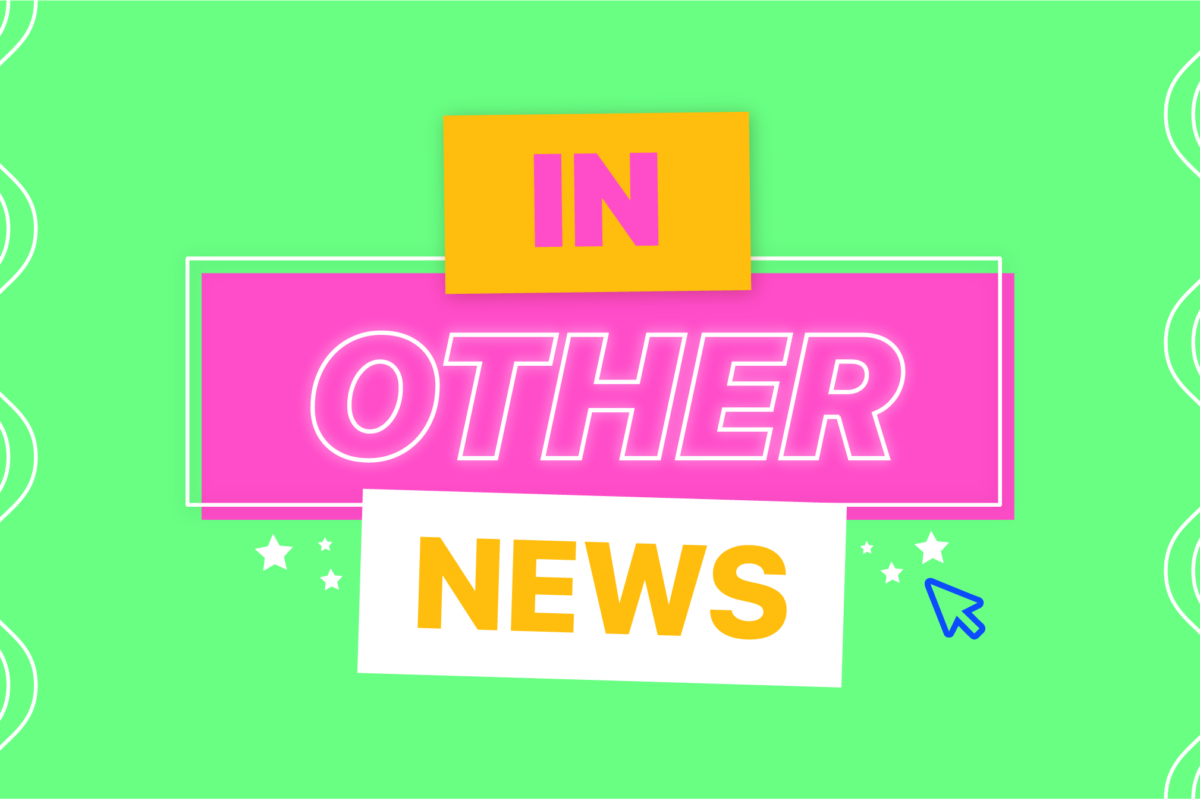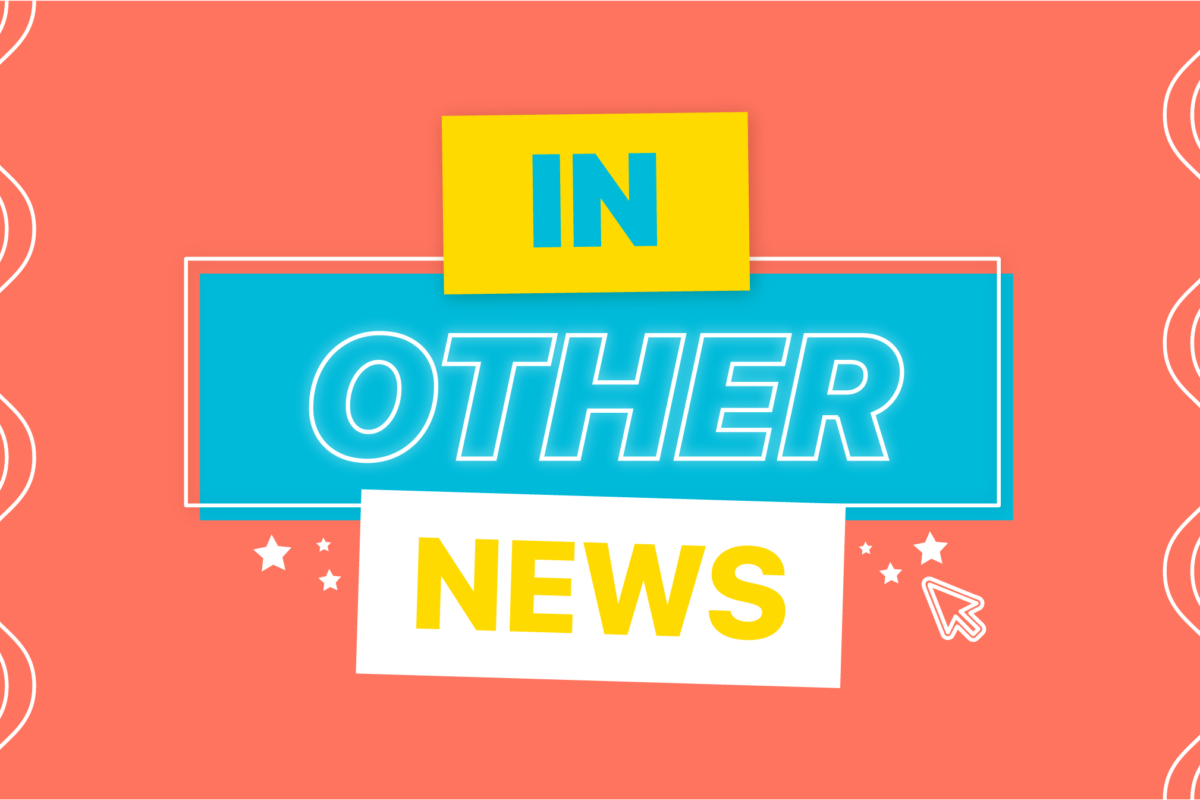We all know by now that the power of social media is immense. When used correctly and to its full potential, social media platforms can really boost your business profile and expand your brand awareness.
Why you should define your social media audience
Finding and targeting the right audience for your business on social media is crucial. Not only does it let you speak directly to people who are interested in your services, but more importantly, it helps to convert visitors into customers.
On the flip side, speaking to a broader audience doesn’t tend to generate great results, although it can initially help to build a general following. If you think about it, you wouldn’t speak to a child, parent and grandparent in the same manner. By altering your tone of voice for each, you’re more likely to achieve a better response from each individual. Applying this thought process should help you to hone in on a specific audience and help you to achieve better results for your business’ growth.
In a nutshell, benefits to targeting the right audience for your business include:
- Interested followers are more likely to choose you versus your competitors
- Your conversion rate will increase
- You can drive more traffic to your business platforms
- Creates more awareness of your brand
- You can build and maintain better relationships with your customers which in turn will generate reviews and build trust
How to figure out who to talk to on social media
Step 1: Speak to a wide target audience
First things first, it’s good to start with a broader target audience. This will help you build engagement from a variety of users, and using the data from this, you’ll eventually be able to find a more refined target audience for your social media.
Step 2: Analyse your engagement trends
Once you’ve got a decent number of followers from a broad pool, you can begin to take a look at recurring trends and statistics on each social media platform. When analysing engagement trends, it’s a good idea to look at different demographics, behaviours, locations – the list goes on!
In a nutshell, outline exactly who’s interacting with your content. You can often find handy social media insights on the platform itself. Nowadays, channels like Facebook and Instagram actually provide breakdowns of monthly engagement data trends which will help you understand exactly who is interacting with your content.
Step 3: Understand why your audience is following you
It’s handy to find out why your audience is following you. Why are they interested in your product or service? By developing a sound knowledge, you can create content that is generally more valuable to your audience and therefore continue to build a bigger following.
With various social media platforms being used widely these days, it’s useful to learn the type of content your followers prefer. For example, TikTok tends to be for short, raw and uncut videos, whereas Facebook is often used for sales posts, user-generated content or for advertising events.
Step 4: Refine your content for your intended target audience
Once you have a better understanding of the audience that are engaging with your content, you can begin to refine your content. Examples of refining your content include launching targeted ads or building on your customers’ likes to make more of what they want.
Getting to know what type of content works where and refining your target audience is a great way to effectively advertise your business online. At the end of the day, if you can post likeable content for your followers, you’ll turn over more sales and visitors and generate more leads over your competitors!
If you’d like to find out more about refining your target audience, drop me an email to [email protected]. I’ll be more than happy to chat!



